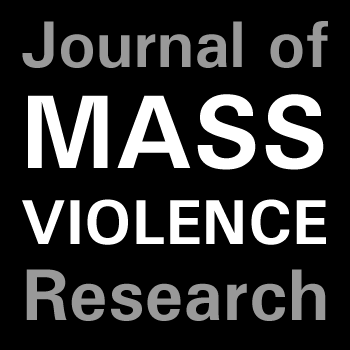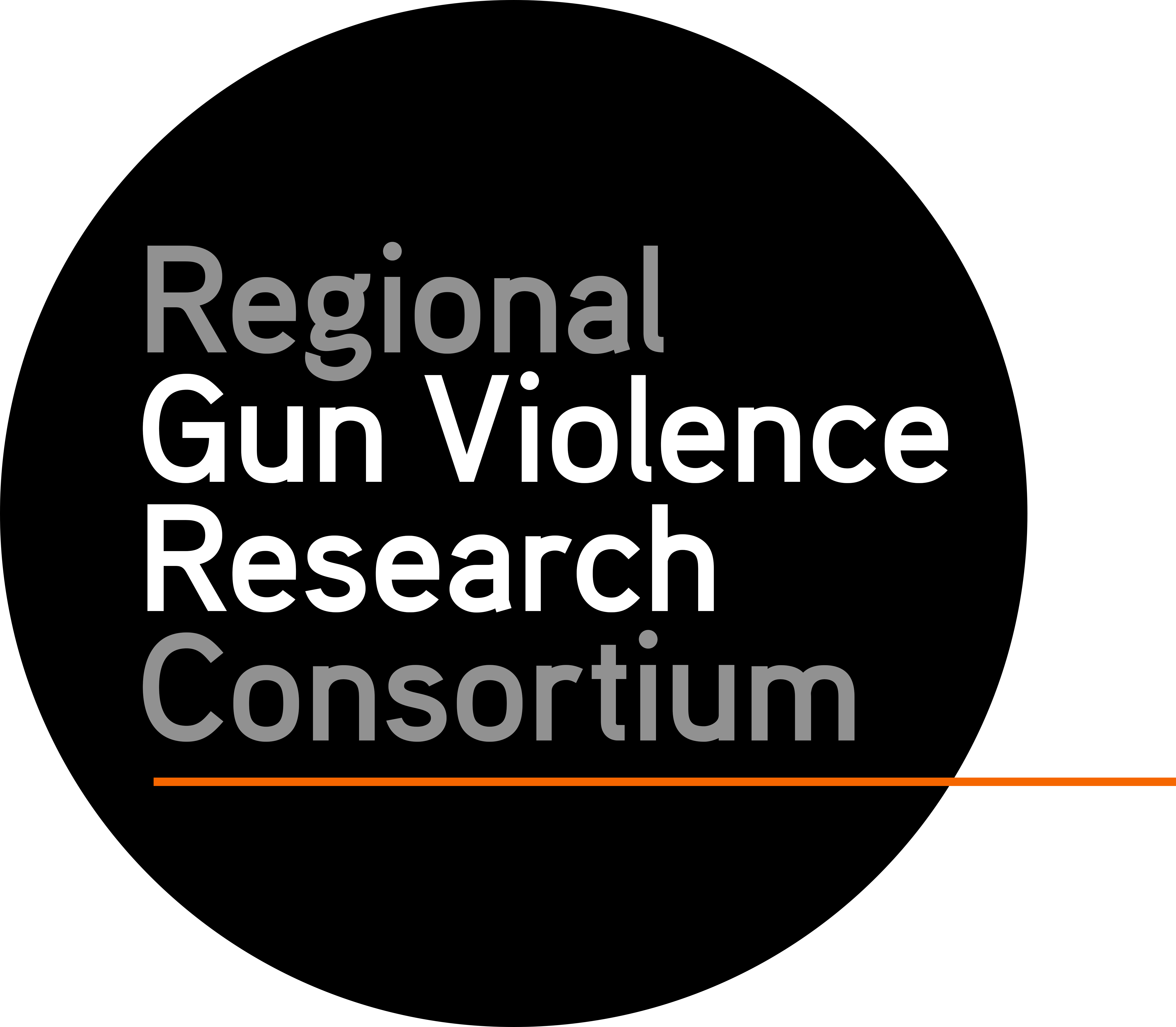Resources for the Media
The following information is intended for members of the media, but also may be useful for general audience members and/or policymakers. For additional information beyond what is shared here, including interview requests, please feel free to contact the editorial board.
Guidance on Covering Mass Violence and Its Perpetrators
At the Journal of Mass Violence Research (JMVR), we understand that covering the perpetrators of mass violence is an important part of telling any story; however, we believe that it should be done with care and fidelity. Research has found, for example, that these individuals commit their acts in highly public and particularly lethal events as part of their fame-seeking behavior. Further, the amount of coverage generated by mass violence events can serve to simultaneously incentivize other like-minded, fame-seeking individuals. As such, we recommend that the media adhere to a “No Notoriety” protocol that limits the personalized attention given to perpetrators of mass violence, reporting only those characteristics that are necessary to the telling of the story and doing so while removing the emphasis on the specific identity of the attacker. Simultaneously, we recommend that the media emphasize the stories of the victims, survivors, first responders, and heroes in the coverage of mass violence events. The following list of resources can be used to help build a new or modify an existing framework of covering mass violence events. Click on any resource for more information.
The No Notoriety campaign was founded by Tom and Caren Teves after their son, Alex, was murdered alongside 12 others in the 2012 Aurora, CO movie theater shooting. The campaign advocates strategies the media can use to deny killers and similarly like-minded individuals the fame and attention they seek when committing acts of mass violence.
Read more at NoNotoriety.com.
Similar to the No Notoriety campaign, the Don’t Name Them campaign from the Advanced Law Enforcement Rapid Response Training (ALERRT) Center emphasizes the need to avoid sensationalizing the names and/or general identities of the perpetrators of mass violence. This can help to reduce the potential “contagion effect” that generates additional threats and attacks in the aftermath of highly covered incidents of mass violence.
Read more at DontNameThem.org.
The code of ethics provided by the Society of Professional Journalists (SPJ) outlines a set of best practices that members of the media can follow to ensure they are engaging in ethical journalism. Among these principles includes the importance for journalists to minimize harm to others – including both sources and the public at large – in the coverage.
Read more at the SPJ website.
Although this joint report from the World Health Organization (WHO) and the International Association for Suicide Prevention (IASP) focuses on the media coverage of suicides, many of their included principles mirror the recommendations of the No Notoriety campaign and the JMVR editorial board. These include, but are not limited to, avoidance of prominent placement and unnecessary repetition (also applicable to mass violence perpetrators), avoidance of explicit description of the method [of the attack], and exercising caution in the photos and videos included in the coverage.
Read more at the World Health Organization’s website.


